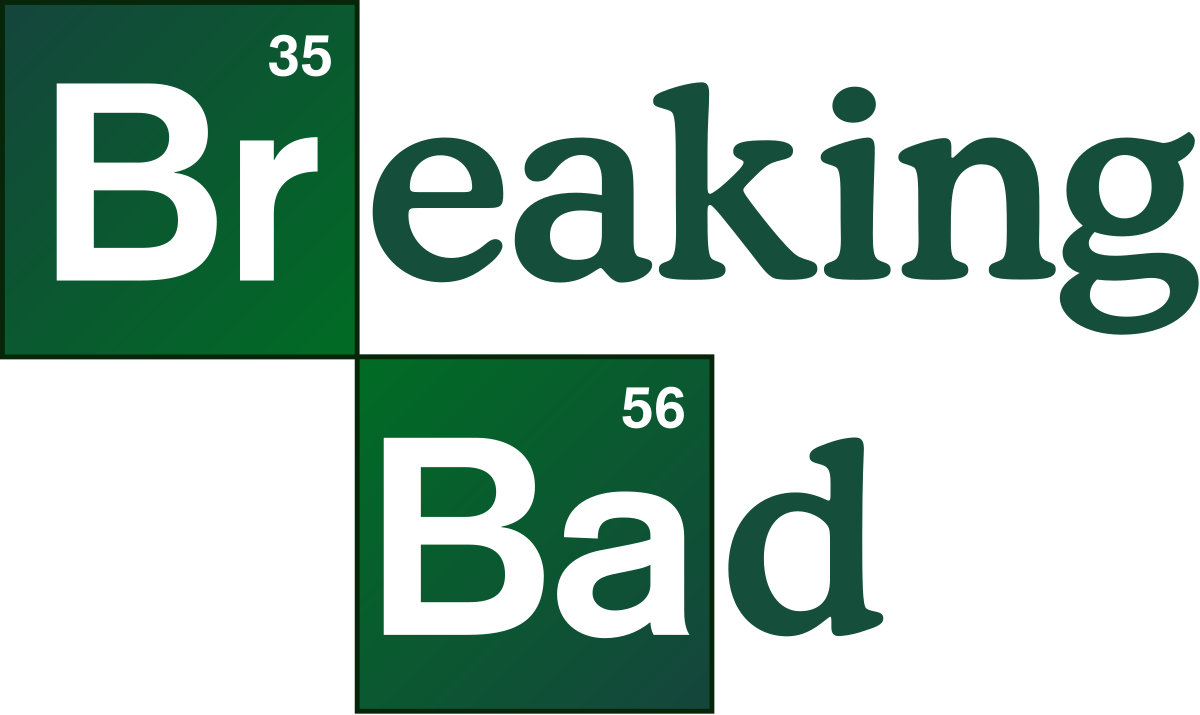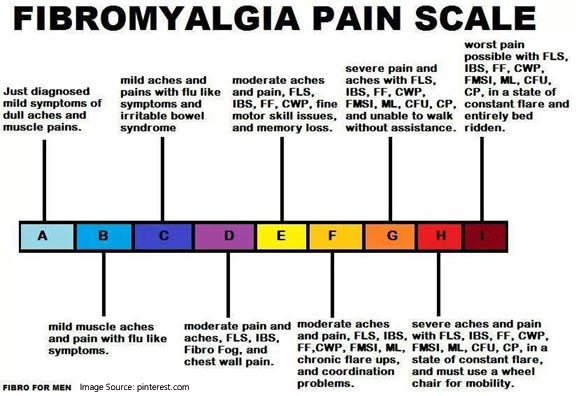This is a
continuation in a series of posts devoted to questions that I had never thought
to ask, but have learned my (costly) lesson so you don’t have to experience the
same issues that I have over the years.
This is the
second part of a multi-part series, so stay tuned!

Poison
Leaching? Sweet!
One of our
most recent lessons was learned when we moved from New Mexico to Colorado. As
some may know, the housing market in several areas of the country are astronomical,
with Southwestern Colorado not immune to this phenomenon. We are paying nearly
DOUBLE, yes, DOUBLE what we were paying in Southern New Mexico for a two-bedroom,
two-bathroom, decent sized yard, with a garage. Here, we have a three-bedroom,
two bathrooms, no garage, and a yard that is not suitable for much. Our pay
hasn’t increased much, and we are bleeding money. But, we are not alone in this
struggle, as there are countless other families that are in the same situation.
However, there is one thing that may make our experience stand apart…
See, we
learned after moving in (and, of course, signing a 12-month lease) that our
home used to be a meth lab. Yes, that’s right ladies and gentlemen, a meth lab.
It is estimated that out of the 84,000 meth labs that have been discovered
since 2004, only about 5% have been discovered by the authorities (Christie,2013). With people looking to make a quick buck, these labs are being set up in
just about any type of neighborhood. Yes, even those in gated communities are not
immune. We live in a semi-rural area, which may have been one of the lucrative
aspects of this house.
For the
home to be adequately abated against meth residue, it can range between $5,000
and $10,000, but that is for a straightforward decontamination. When there are
additional materials required, it can easily exceed the cost of a new car. With
the costs associated with decontamination, it is unlikely that the property
management company that we are renting through had this step completed.
According to Christie (2013), meth can seep into many household furnishings,
such as the walls and floors, carpeting, sub-flooring, drywall, kitchen
cabinets, and even the ground. Once the initial decontamination is completed,
the job is not done, as the chemicals can leach for several years after the
cleaning has taken place, putting people at risk for several years to come.
Even if the
home was not converted over to a meth lab, if meth has been smoked in a home,
there is still a high risk of symptoms due to exposure. Some chemicals that are
released when meth is smoked include red phosphorus, ephedrine, hydrochloric or
muriatic acid, and sodium hydroxide (Dudley, 2014). Some states have
implemented stiff fines and processes to reduce such instances, but the film
and residue from meth smoked in a home can stick around longer than the term of
one’s lease. When smoked, the fumes can also leak into the cooling fins of a
refrigerator, within heating and cooling ducts, and within appliances.

Effects of
Meth Contamination
I was
diagnosed with a chronic pain condition known as fibromyalgia a few years ago,
but I have been experiencing the symptoms for much longer. Some of the effects
that have been noted to occur due to living in a previous meth lab include
headaches, nausea, dizziness, and fatigue, with long-term complications, such
as damage to the kidneys and liver, an increased risk of cancers, and
neurological symptoms have been noted (Christie, 2013). Symptoms such as memory
loss, respiratory issues, and headaches have also been noted to occur even
after a short exposure to a home that was once a meth lab. With a body that is
already busy fighting itself and having a malfunctioning nervous system, I
guess we’ll wait it out until the end of our lease, sadly.
TLDR: Take
home message? Ask if the rental you are considering was once a meth lab.





